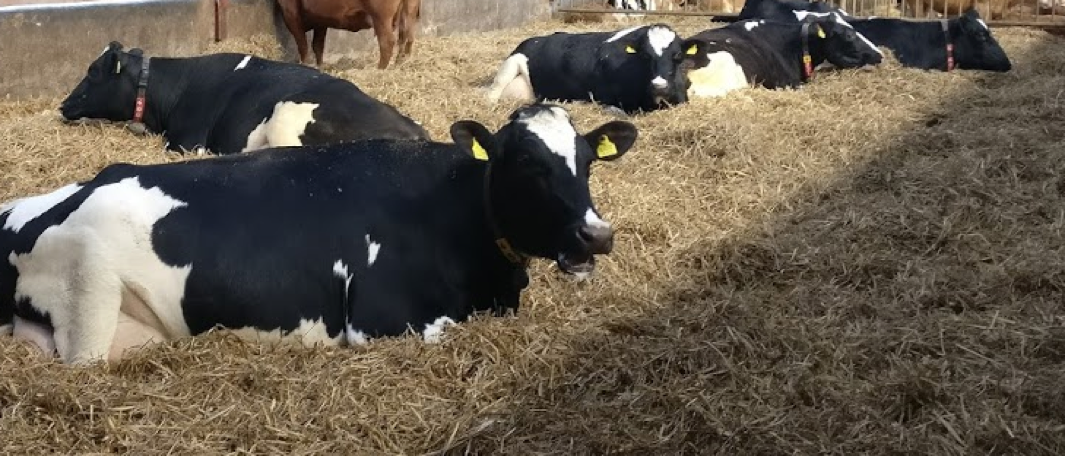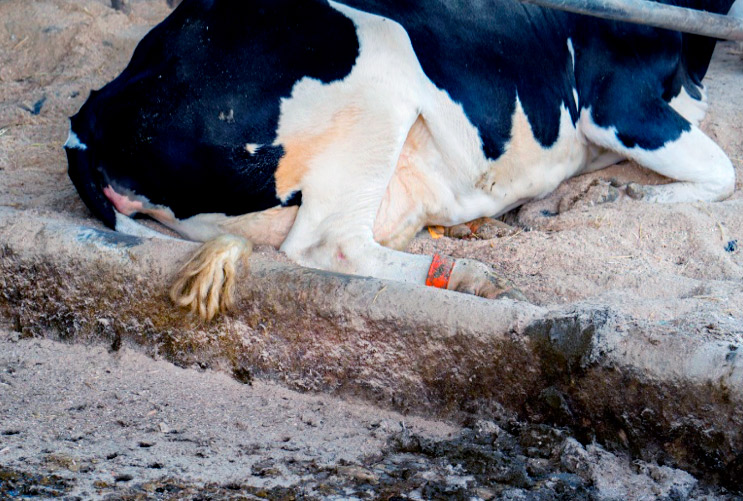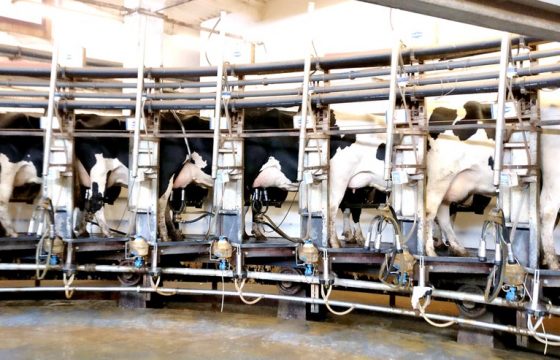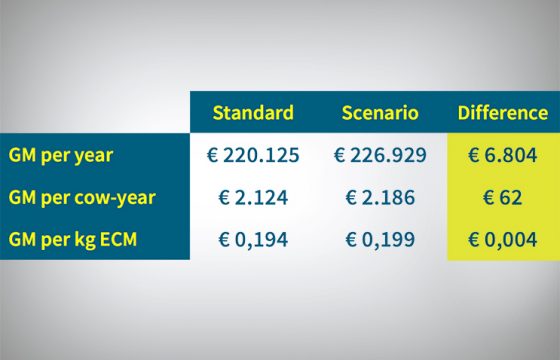Environmental control (III): Organic bedding materials and its effects on Mastitis in cattle.
In previous posts, inorganic bedding materials and its role in mastitis in cattle was reviewed. In this post we will also review the most important organic bedding materials such as straw, sawdust, wood shavings and recycled manure solids as well. We will also give you some take-home messages regarding bedding and its effect on bovine mastitis.
Straw
This is the most common material and the only one available in some places. There is scientific evidence that straw is a perfect material for Streptococcus species to live in and intramammary infections (IMI´s) caused by Streptococcus uberis are very common on farms using straw as bedding. The role of organic materials, if not handled correctly, is crucial to prevent mastitis in cattle.
Straw gives a very good cushion for the cows but it does not absorb moisture like other materials can. Once again, maintenance is the key point.
For straw bedded freestalls, new straw needs to be put down at least 2 or 3 times per week. In straw bedded pack pens, clean straw has to be put down every day and everything cleaned once a week.

Sawdust and wood shavings
Wood products provide good cow comfort and cleanliness of the cows in both systems (freestalls and bedded pens). Availability and prices in different areas will determine if they are attractive for your farm and for controlling mastitis in cattle.
As an organic material, sawdust and wood shavings can be an important source of bovine mastitis causing bacteria.
Green sawdust can be an important source of Klebsiella, E.coli and other coliforms. Sawdust from old furniture or construction can be a useful material. It is much drier and contains fewer bacteria. The finer this material is chopped, the better absorption capacity it has, but at the same time bacterial growth is increased.
At this point, fine sawdust can contain more bacteria than wood shavings but also have greater absorption capacity.
Compost:
This system is becoming more and more popular, especially in bedded pens. The system works by applying 30-40 cm of bedding material such as sawdust or wood shavings over the whole resting area. Then, once or twice a day during milking time when the cows are not in the pen, the entire bedding area has to be aerated with a cultivator.
Once or twice a week, more sawdust can be added to maintain the structure and reduce moisture in the resting area. Finally, all the bedding can be removed once or twice a year to be spread on the fields.
Some farmers never remove all the bedding, but only part of it, and make this system continuous. For the best performance with this type of bedding we need very good ventilation and the correct density of animals, to have a positive effect using this material to control mastitis in cattle.

Recycled manure solids
Some farmers use dried manure directly from the screw. This manure can be fresh manure or manure from methane digesters for the production of biogas and electricity. Dry Matter content is a critical point and it should be >30% before application. Once again, it is an organic material and bacterial contamination and growth can be very fast.
So it is important to add new material daily and to have a high turnover of bedding material, if not the cases of mastitis in cattle will increase significantly. It is also important to till it over every day when the cows are in the parlour in order to aerate it and reduce moisture.
Apart from the type of bedding material that can be used on the farm, there are also many additives available on the market for reduction of moisture and the control of bacterial growth. The most commonly used additive is hydrated lime or also calcium carbonate.
The goal is to reduce moisture and increase bedding pH. It has to be applied daily, because it has a very short effect, usually less than 24 hours, and usually it is applied on top of the bedding. In the rear third of the freestall or on all bedding surfaces for bedded pens.
Research indicates that mixing the lime with the bedding material prior to application is most effective in reducing bacterial growth and the risk of mastitis in cattle.
Hydrated lime or calcium carbonate are very cheap and they can be used without restriction. Some other commercial powders with disinfectants for bedding tend to be quite expensive and farmers use them in small quantities, so ultimately they are not very effective in reducing the bacterial count.
In order to control mastitis in cattle, daily maintenance is absolutely essential and at each milking time, when cows are in the parlour, freestalls must be cleaned of faeces and wet areas covered with bedding from the front part of the freestall.
As regards alleys, ideally alley scrapers should be run 24 hours/day to eliminate faeces and humidity. Evaluate how clean the alleys are and how many times alley scrapers are running daily. The more, the better.
Content originally created for “the Mastipedia”.
Authors: Oriol Franquesa and Demetrio Herrera (Udder health and milk quality consultants).


